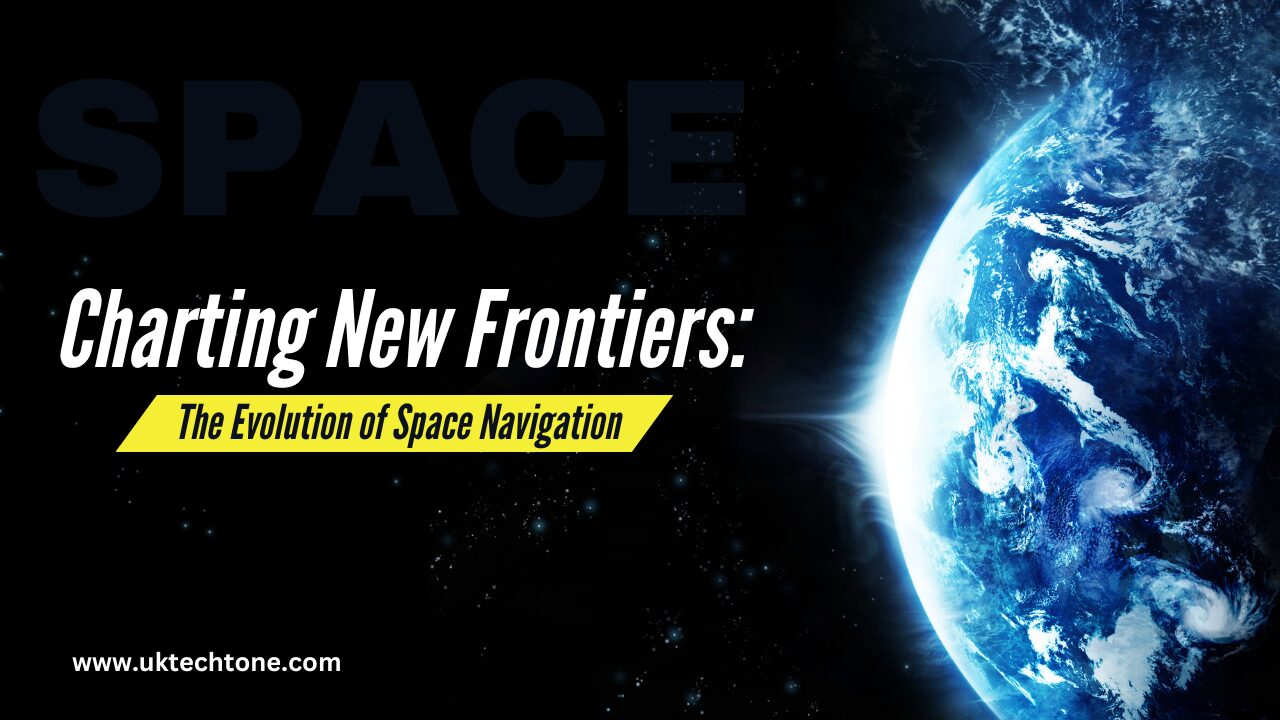Charting New Frontiers: The Evolution of Space Navigation
Introduction:
Within the sizable realm of area exploration, accurate navigation and unique positioning are essential for the fulfillment of missions. To cope with those demanding situations, scientists and engineers have developed the SPICA e-Navigator, a sophisticated navigation device that has revolutionized area exploration. This newsletter offers an in-depth evaluation of the SPICA e-Navigator, its key features, benefits, and its effect on destiny space missions.
1. Expertise the SPICA e-Navigator:
The SPICA e-Navigator is a modern navigation device designed to provide correct positioning and navigation skills for space missions. It combines numerous brand new technology, inclusive of superior sensors, artificial intelligence, and statistics fusion algorithms, to allow unique region tracking and self reliant navigation in area.
2. Key capabilities and additives:
a. Superior Sensors: The SPICA e-Navigator integrates a variety of sensors including famous person trackers, sun sensors, gyroscopes, and accelerometers to seize statistics approximately the spacecraft’s orientation, movement, and role relative to celestial bodies.
b. Artificial Intelligence (AI): The machine utilizes AI algorithms to method sensor records, carry out real-time analysis, and make autonomous navigation choices. AI permits the SPICA e-Navigator to evolve to changing situations and optimize trajectory making plans.
c. Facts Fusion: with the aid of combining information from a couple of sensors, the SPICA e-Navigator improves the accuracy and reliability of positioning statistics. Foss fusion techniques fuse measurements from diverse resources to generate an extra complete understanding of the spacecraft’s position and orientation.
d. Self reliant Navigation: The SPICA e-Navigator can function in self sufficient mode, decreasing reliance on floor control and allowing missions to navigate and perform independently. This functionality is in particular treasured for deep space missions with vast verbal exchange delays.
3. Advantages and blessings:
a. Precision and Accuracy: The SPICA e-Navigator offers unparalleled ranges of precision and accuracy in spacecraft positioning. With the aid of incorporating superior sensor technology and AI algorithms, it minimizes mistakes and deviations, ensuring spacecraft continue to be on the intended trajectory.
b. Actual-time decision-making: With its AI abilities, the SPICA e-Navigator can analyze statistics in real-time and make navigation selections autonomously. This enables fast response to unforeseen barriers or changes in assignment parameters, improving challenge achievement quotes.
c. Decreased Reliance on floor control: The autonomous nature of the SPICA e-Navigator reduces the want for steady conversation with ground management, allowing missions to perform greater effectively and independently. that is mainly superb in conditions wherein communique delays exist, which include deep area exploration.
d. Stepped forward performance and value-effectiveness: The excessive stage of automation furnished through the SPICA e-Navigator reduces the workload on ground manipulate groups and lets them be aware of other important factors of the task. Moreover, autonomous navigation allows optimized gasoline intake and trajectory planning, resulting in cost financial savings over the route of an undertaking.
4. Packages and destiny Implications:
a. Deep area Exploration: The SPICA e-Navigator performs a crucial function in permitting long-period, deep space missions. Its autonomy and precision make it properly-suited for navigating through massive distances and as it should be achieving distant celestial bodies.
b. Lunar and Planetary Landings: the perfect positioning capabilities of the SPICA e-Navigator are critical for a successful lunar and planetary landings. It guarantees spacecraft can accurately target touchdown web sites and execute smooth landings with minimal hazard.
c. Satellite Constellations: within the technology of satellite TV for pc mega-constellations, the SPICA e-Navigator can facilitate green and particular deployment of several satellites. It optimizes separation distances, avoids collisions, and continues the favored formation and configuration of the constellation.
d. Interplanetary Missions: The SPICA e-Navigator paves the way for future interplanetary missions via enhancing spacecraft navigation and trajectory making plans. It allows missions to discover a couple of celestial bodies within a single assignment and expands the possibilities for medical studies and exploration.
Conclusion:
The SPICA e-Navigator represents a tremendous advancement in area navigation generation. by combining superior sensors, AI algorithms, and information fusion techniques, it gives unprecedented ranges of precision, autonomy, and reliability in spacecraft navigation. Its capabilities have some distance-reaching implications for deep space exploration, lunar and planetary landings, satellite deployments, and interplanetary missions. As we project in addition into the cosmos, the SPICA e-Navigator will hold to function as an essential device in unlocking the mysteries of the universe.
For more information must visit UK Tech Tone

Good day! Do you know if they make any plugins to help with SEO?
I’m trying to get my blog to rank for some targeted keywords but
I’m not seeing very good gains. If you know of any please share.
Kudos!
Can you be more specific about the content of your article? After reading it, I still have some doubts. Hope you can help me.
Thanks for sharing. I read many of your blog posts, cool, your blog is very good.